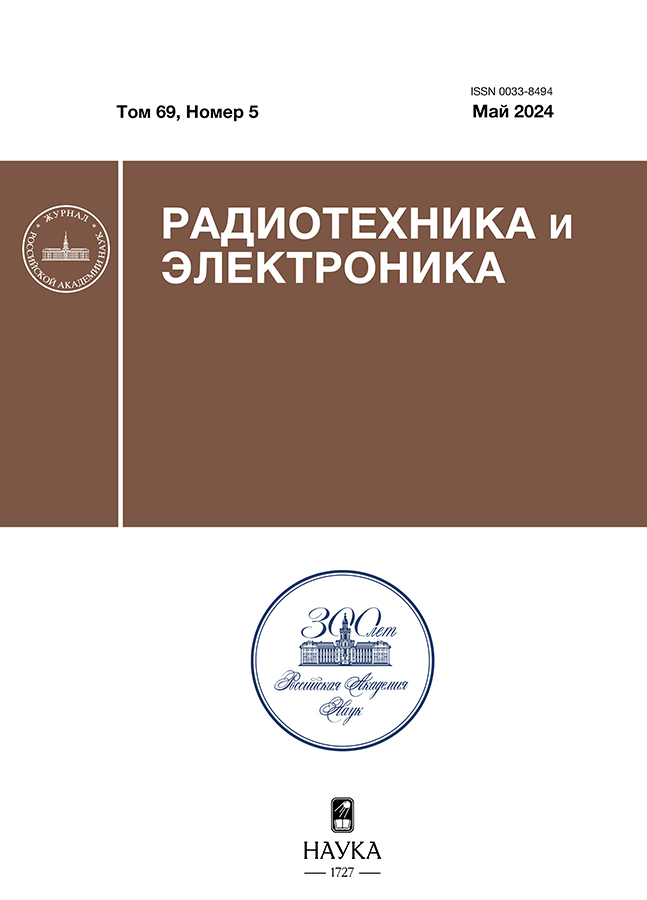Temperature dependences of conductivity of uniaxially strained topological insulator TaSe3 under different methods of creation of deformation
- Autores: Minakova V.E.1, Lukmanova R.M.1,2, Cohn I.A.1,2, Zaitsev-Zotov S.V.1,2
-
Afiliações:
- Kotelnkov Institute of Radioengineering and Electronics of RAS
- HSE University
- Edição: Volume 69, Nº 5 (2024)
- Páginas: 463-468
- Seção: НАНОЭЛЕКТРОНИКА
- URL: https://rjonco.com/0033-8494/article/view/650678
- DOI: https://doi.org/10.31857/S0033849424050098
- EDN: https://elibrary.ru/ILBQGE
- ID: 650678
Citar
Texto integral
Resumo
The results of studies of the influence of uniaxial strain on the conductivity of the topological insulator TaSe3 are presented. Using the application of controlled elongation, the dependence of resistance at room temperature on the strain value was measured up to record strain values of ε = 2%. Using the elastic substrate bending technique, the measurements are extended towards the compressive strain. It was found that the dependence of resistance on deformation is described by the relation R(ε) = R0 ехр(–аε) at а ≈ 102. The influence of uniaxial strain on the temperature dependences of conductivity using various methods of creating strain was studied. When creating a strain of more than 0.5 ± 0.1% by the method of controlled elongation, the material goes into a dielectric state in the temperature range from helium to 300 K; at deformations of more than 1% at temperatures of 50 ... 70 K, a maximum resistance appears, associated with partial relaxation of uniaxial deformation in the volume of the sample. It is shown that the use of the widely used technique of bending the substrate to create strain can lead to the appearance of artifacts in the temperature dependences of the conductivity of the samples.
Palavras-chave
Texto integral
Sobre autores
V. Minakova
Kotelnkov Institute of Radioengineering and Electronics of RAS
Email: serzz@cplire.ru
Rússia, Mokhovaya Str. 11, Build.7, Moscow, 125009
R. Lukmanova
Kotelnkov Institute of Radioengineering and Electronics of RAS; HSE University
Email: serzz@cplire.ru
Physics Department
Rússia, Mokhovaya Str. 11, Build.7, Moscow, 125009; Myasnitskaya Str. 20, Moscow, 101000I. Cohn
Kotelnkov Institute of Radioengineering and Electronics of RAS; HSE University
Email: serzz@cplire.ru
Physics Department
Rússia, Mokhovaya Str. 11, Build.7, Moscow, 125009; Myasnitskaya Str. 20, Moscow, 101000S. Zaitsev-Zotov
Kotelnkov Institute of Radioengineering and Electronics of RAS; HSE University
Autor responsável pela correspondência
Email: serzz@cplire.ru
Physics Department
Rússia, Mokhovaya Str. 11, Build.7, Moscow, 125009; Myasnitskaya Str. 20, Moscow, 101000Bibliografia
- Sambongi T., Yamamoto M., Tsutsumi K. et al. // J. Phys. Soc. Jap. 1977. V. 42. № 4. P. 1421.
- Tritt T. M., Stillwell E. P., Skove M. J. // Phys.Rev. 1986. V. 34. № 10. P. 6799.
- Nie S., Xing L., Jin R. et al. // Phys. Rev. B. 2018. V. 98. № 12. P. 125143.
- Lin C., Ochi M., Kuroda K. et al. // Nature Mater. 2021. V. 20. № 8. P. 1093.
- Hyun J., Jeong M. Y., Jung M. et al. // Phys. Rev. B. 2022. V. 105. № 11. P. 115143.
- Zhang Z., Li L., Horng J. et al. // Nano Lett. 2017. V. 17. № 10. P. 6097.
- Zybtsev S. G., Pokrovskii V. Ya. // Physica B: Condensed Matter. 2015. V. 460. P. 34.
- Haen P., Monceau P., Tisser B. et al. // Proc. 14 Int. Conf. on Low Temperature Physics. Otaniemi. August 14–20 Aug.1975 /Ed by M. Krusius, M. Vuorio. Amsterdam: North Holland Publishing Company, 1975. V. 5. Р. 445.
- Chaussy J., Haen P., Lasjaunias J. C. et al. // Solid State Commun. 1976. V. 20. № 8. P. 759.
- Yang J., Wang Y. Q., Zang R. R. et al. Appl. Phys. Lett. 2019. V. 115. № 3. P. 033102.
- Pokrovskii V. Ya., Zybtsev S. G. // Phys. Rev. B. 2016. V. 94. № 11. P. 115140.
Arquivos suplementares
















